Enshrouded’s combat system leaves room for players to run a wide variety of builds and playstyle to run, ranging from archers, melee classes, mages, and more. If you fancy taking advantage of the magic system in the game, then Mages are certainly viable, with their impressive damage numbers, list of interesting spells, and wands to use as fillers. With that said, here’s a closer look at an Enshrouded Mage build we’ve been running from the start of the game to level 25.
Here is a guide on how to play a Mage Build in Enshrouded.
Enshrouded Mage Build: Skill Trees¶
To start off a Mage build in Enshrouded, we strongly recommend going through the Battle-Mage build first. Wands will be your primary weapon in Enshrouded for a mage playstyle, thanks to its mid-range damage filler. Note you get Skill Points by leveling up, while also clearing out Elixir Wells and Shroud Root Trees. We recommend doing this side content to get overpowered fast, as it will allow you to kill much higher-level enemies very easily and is needed for some of the late-game enemies and bosses too, otherwise, they can be very spongey.
Further down the page, you’ll find tips on gearing, consumables, and other parts to help push the build higher.
Enshrouded Mage Build: Skills Tree¶
To start off with a Mage build in Enshrouded, we recommend starting with Wands and go down the Battle-Mage tree. The reason for it is because of practicality as you have a poor mana pool and need something consistent to start the build with.
You should start by going through the Battle Mage tree and taking advantage of the power of early-game wands. Wands are an important part of early game damage, and your mana regen filler attacks.
Battle Mage Talents:
-
Intelligence - 1 point of the attribute. 5% more magic damage per point.
-
Absorb - 10% chance to generate 1 mana when you take damage.
-
Intelligence
-
Unity - 24% chance to recover 2% mana on wand attack.
-
Sting - Repeated wand damage deals 20% more damage.
-
Wand Master - 30% chance to spawn an additional wand projectile.
-
Spirit - Increases attribute by 1 and 20 mana per attribute point.
-
Intelligence
-
Blink Attack or Emergency Blink - Replaces Dodge Roll with a teleport or escape stuns. Both are Optional if you want them.
Wands are your most reliable source of spell damage in the game. It costs no mana to use your wand, and you can use it in mid-range locations, allowing you to harass enemies from ledges and other spots to hit enemies safely. Moreso, upgrading wand damage is important as it will synergize with all magic damage multipliers later on, including getting bonuses from the crit perks to come later on in the Wizard tree.
The other thing you need to know is that wands early on tend to be either Frost or Fire damage. You can also randomly find legendary versions of those wands, which typically grant mana back on hit, furthering the reason you need wands as part of the mage build. This is an important part of playing a mage build in Enshrouded, as wands will allow you to go back to casting your Staff and using that newly acquired mana back without relying on mana potions or high Spirit attributes.
The other reason you want to start off using wands first is that spells require ammo in this game. Spells are random drops from chests for the most part, but, when you unlock the Alchemist, you can start crafting spells. Spells will get very resource-heavy to craft a constant supply of good spells. So, it is another reason why you want to use wands for the most part. When you get used to fighting certain enemies, or find openings to spellcast against bosses, that’s when you want to switch to your staff and use some spells between wand spams.
In the next tree, you should now start going through Wizard. We strongly advise going Fire here, as you’ll find Fire damage is effective damage against Wildlife and Fell enemies, the vast majority of the enemies you’ll be facing in Springlands and Revelwood. You’ll start getting Frost Magic improvements later on, as they counter the Scavenger enemies, who occupy most of the POIs in the Revelwood and the Springlands.
Once Battle Mage is complete, you need to get skills in the Wizard tree that affect your damage multipliers further, alongside granting important buffs to crits.
Wizard:
-
Spirit
-
This Is The Way - When attacking with a magical weapon, all damage is increased by 10%
-
Spirit
-
Arsonist - all fire damage is increased by an additional 10%.
-
Pyromaniac - An additional 20% increase on all fire damage.
-
Radiant Aura - All Fell (shroud enemies) within 10 meters take 1 fire damage per intelligence, per second.
-
Sun Aura - Radiant Aura damage increases by 1 fire damage per intelligence.
-
Iceman - All ice damage is increased by an additional 10%.
-
Sub Zero - All ice damage is increased by an additional 20%.
-
Intelligence
-
Wizard - When attacking with a magical weapon, your critical strike chance is increased by 10%.
-
Chain Hit - on a crit with a magic weapon, the attack will automatically hit a second enemy within 15 meters for 5 Shock per Intelligence.
-
Mass Destruction - A crit attack with a magic weapon will hit all enemies within 20 meters of the target for 2 Shock damage per intelligence.
-
Intelligence
-
Quick Charge - Reduce the time staffs are required to charge up a spell by 50%.
-
Lightning - All Shock damage is increased by an additional 20%.
-
Thunder - All Shock damage is increased by an additional 10%
The idea behind the Wizard tree is that you want to focus on increasing your damage multipliers for both Fire and Frost. Due to the nature of Fire and Frost being your main wands that drop in the mid-game, you’ll focus on improving these. With the added Wand damage multipliers and other procs, getting Ice and Fire improvements for those wand buffs will only ramp your damage further.
The other benefit of the fire tree is that you get access to the Sun Aura stuff against Fell enemies. Chances are you’ll be looking to stand on ledges to make melee units and the Fell Critters hard to reach you, allowing them to swarm below you and get hit by the aura. The aura can melt the lower HP critters, especially when there are lots, so that’s a nice bonus. They can also crit, and then trigger Wizard skill perks later on.
Once you’re done modifying your Ice and Fire multipliers, it’s time to go Shock. The Wizard, Chain Hit, and Mass Destruction talents are very good. The damage can be quite strong once you get a lot of Intelligence. On our level 25 mage, it deals around 55 damage unbuffed, with another 20 damage from Mass Destruction. That is 70 free damage per chain! If you take Lightning and Thunder when you can, then that damage is increased by 30%. For our build at the time of writing at our level, that’s around 15 + 4 damage from our Shock crits. That’s around 90 damage for free when we crit, which can shred groups of enemies.
When you can start casting spells, you want to look for a legendary staff. Staves often come with crit chance improvements all the way to epic, while legendary get even better buffs. For example, you can find a Shephard’s Lightning with 15% crit chance, 20% crit damage, and mana regen. This is why getting a good staff and completing the Wizard is important to start dipping into that mid to late-game spell min-maxed window. You’ll also find decent crit strike improvements from your armor buffs, bringing your crit to around 50-60% for spells, while your wand is looking at a spammable 40% crit chance, which is very good.
Trickster:
- Counterstrike - After receiving damage, there is a 20% chance to reflect 50% of the damage back to the attacker as fire damage. This magical attack can trigger other effects.
- Intelligence
- Begone - Replaces your unarmed attacks as long as you have the mana available (30 mana).
- Intelligence
- Terror - On a critical hit with a spell, the target will be stunned for 4 seconds.
- Arcane Concentration - You gain one spirit for every two Flame Levels.
The idea behind the Trickster build is that you want the extra Intelligence from the tree, which also gets the key passives, Terror, and Arcane Concentration. These two perks are the best nodes on this tree, especially since you’re rather late game now. Stunning a high HP enemy for 4 seconds can make or break some of the higher end game fights when they deal upward of 200-300 damage, while the extra Spirit for free is a great skill once you’re around Flame Level 5-6. Begone is a terrible perk and should never be used. Counterstrike is nice when it does go off, but you should be using your shield to block or parry when possible while using your Wand.
Since we’ve discussed it being easy to get around 40-60% crit, you should be stunning enemies incredibly easily once you get Terror. You really are a battle mage.
Mage Wand Build Gear and Consumables¶
(1 of 2) The Magician Set is your go-to mid-game craftable mage-build armor set for Magical Crit and damage buffs.
The Magician Set is your go-to mid-game craftable mage-build armor set for Magical Crit and damage buffs. (left), At the end game, you get the choice between the Archmage set for more staff and spell mage build or the Warlock set for wand improvements. (right)
The Gear and Consumables you want to use will depend on what stage you are at in the game. However, the general themes are foods or items that increase your magical damage. These are the following items:
Consumables¶
- Red Mushroom - Increases magic damage - Springlands item.
- Mushroom Omelet - +4 Intelligence for 40 minutes (Requires Oven and Farmer) - Requires Nomad Highlands unlocked.
- Prayer of the Flame Scroll - +20% magic damage - Legendary consumable drop from chests in Revelwood and beyond.
- Elixir - +30% Damage Multiplier - Commonly found consumable from enemies, chests, and objects placed on props in POIs in Revelwood and beyond.
Armor Sets¶
The vast majority of Armor sets that are good for a mage build in Enshrouded are often crafted by the Alchemist. You can get the following sets from him:
- Mage Set - Level 13 crafted set.
- Magician Set - Level 18 set.
- Mystic Set - Random armor drop from chests around level 18 from Nomad Highlands.
- Warlock or Archmage Set - Wand or spell caster Damage set unlocked at level 23.
- Guard of the North Set - Level 13 set you acquire from the Pike capital city in Revelwood.
When you reach the end game, the choice between the Warlock or Archmage set largely depends on how you play the build. If you’ve started using Staves more for spell casts, then the Archmage set is likely better for you. If you like using Wands, then the Warlock set is more appropriate. Both otherwise are valid and will work with the way you’ve specced your skills.
The general theme of the sets here is that they increase crit damage or increase magical crit strike chance when using magic weapons.
This about covers everything you need to know about Mage Builds in Enshrouded. Good luck out there being a blaster caster, using wands and spells to eliminate your foes incredibly efficiently and fast.
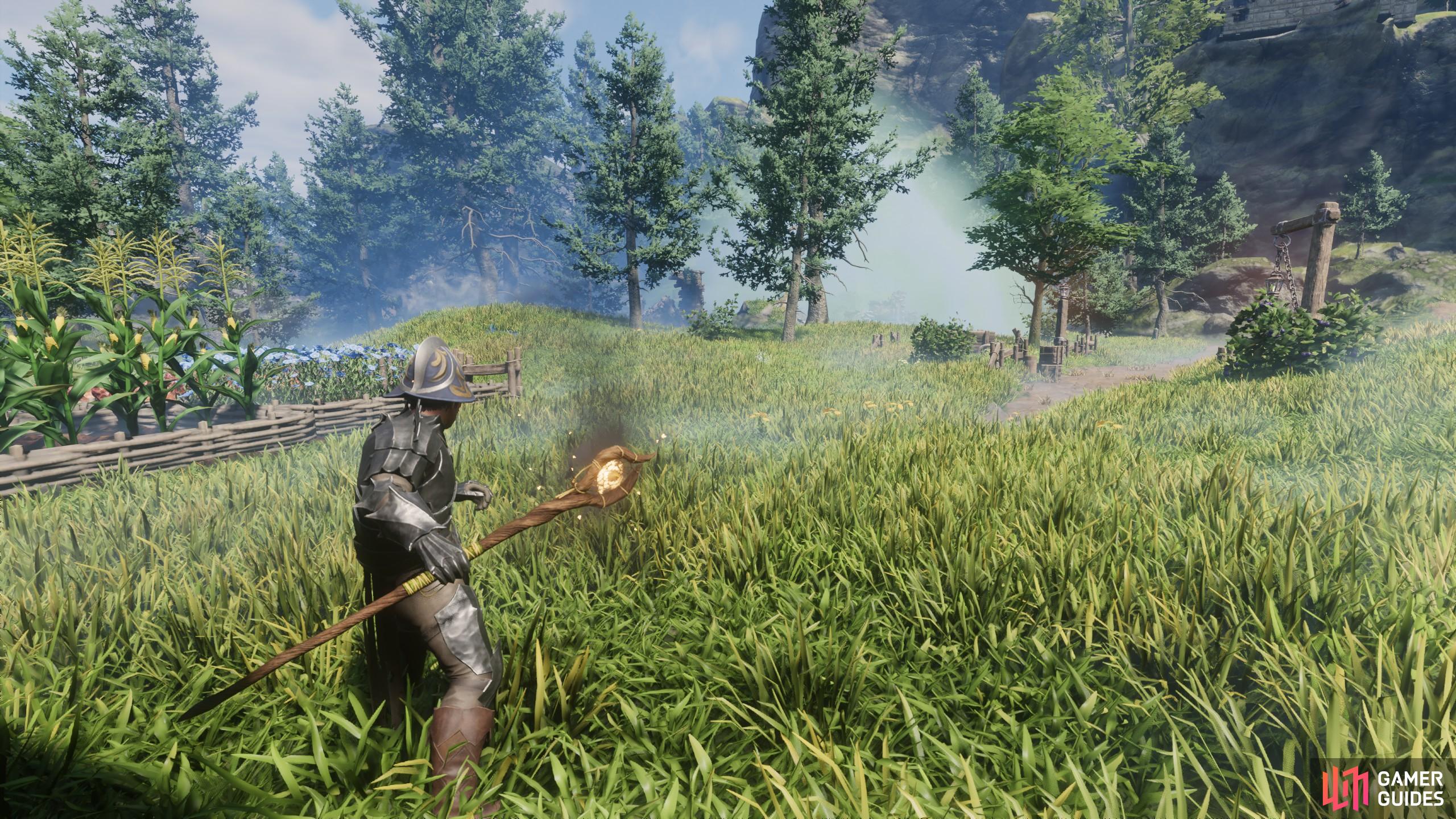

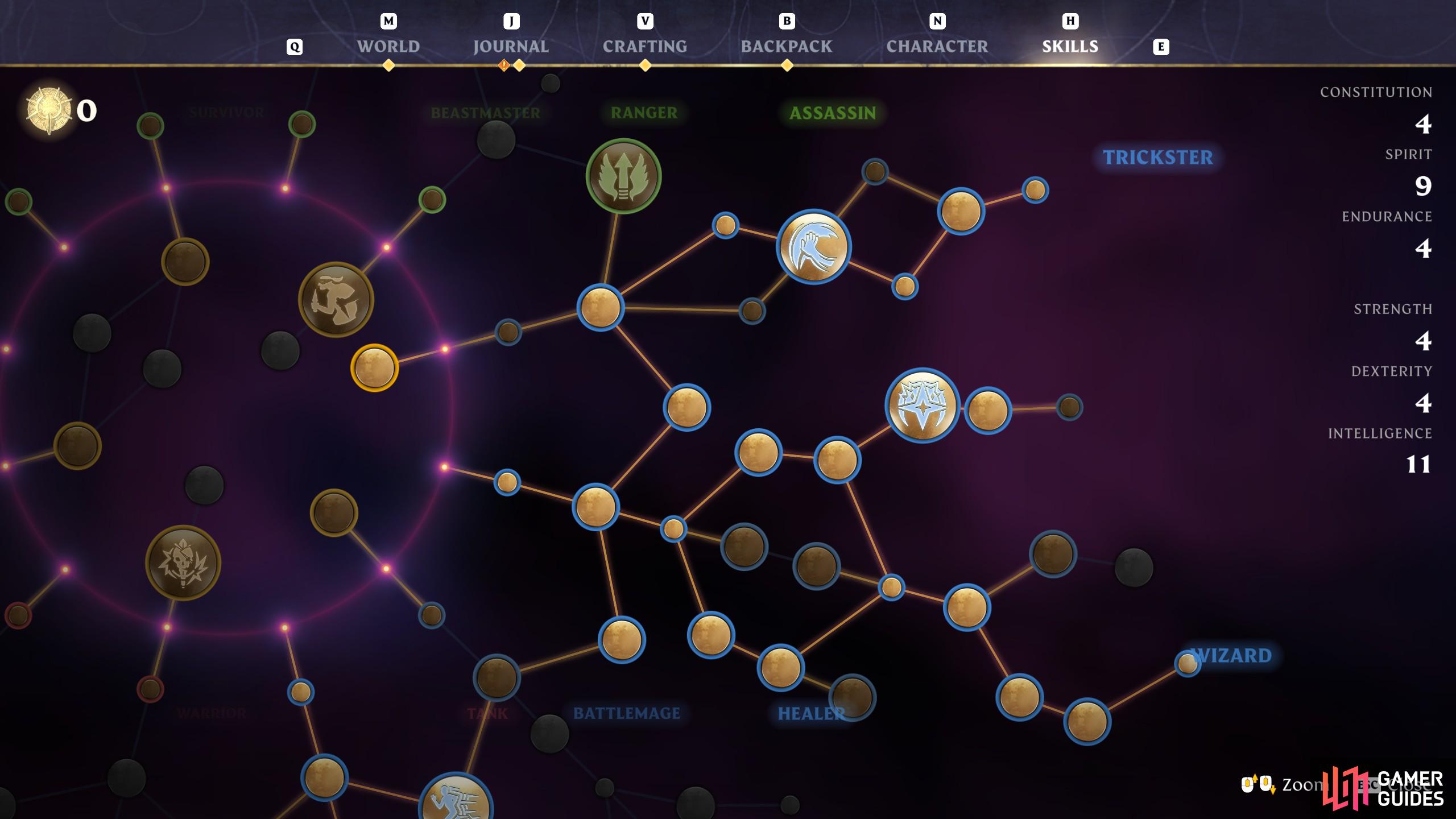
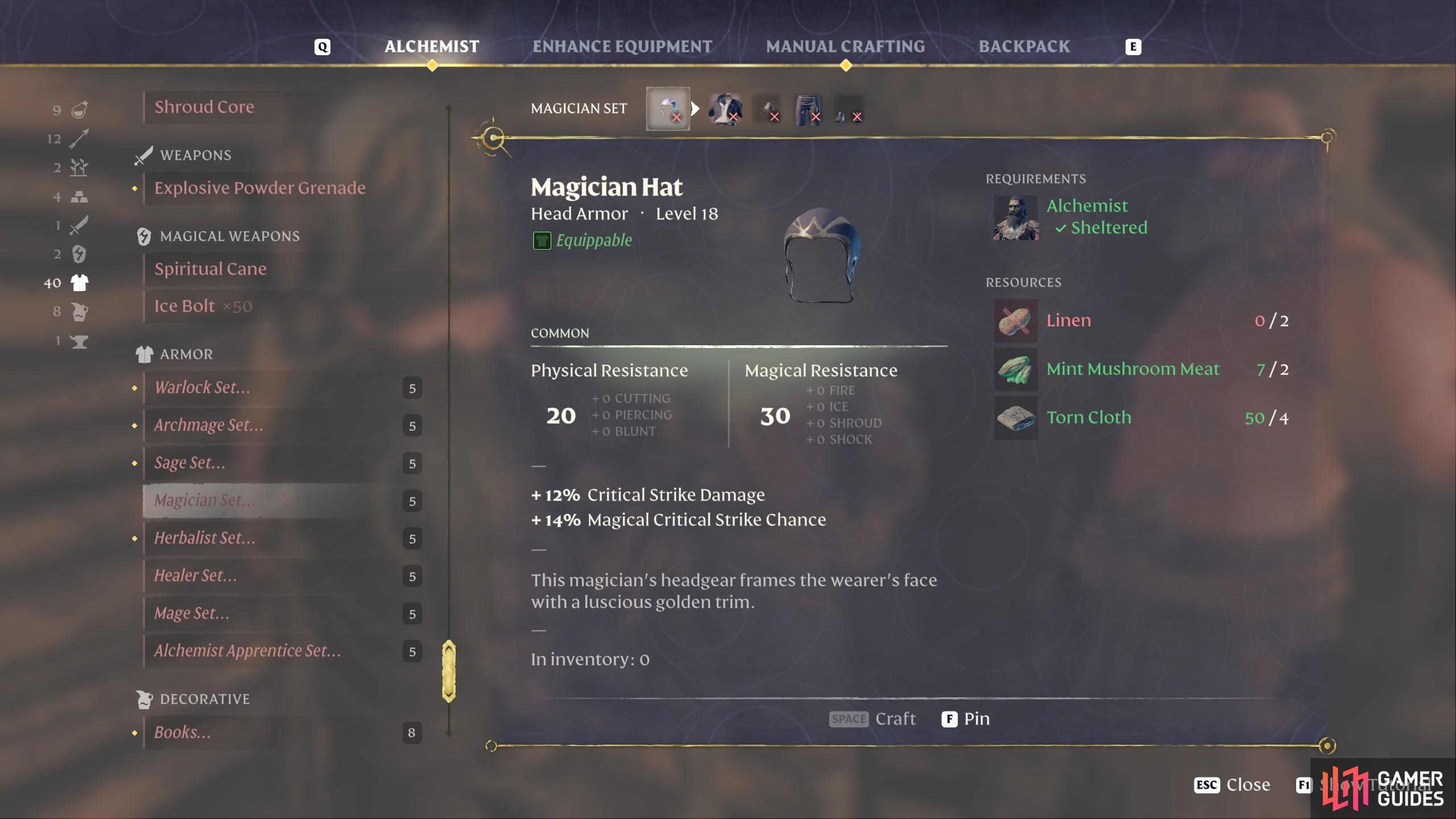
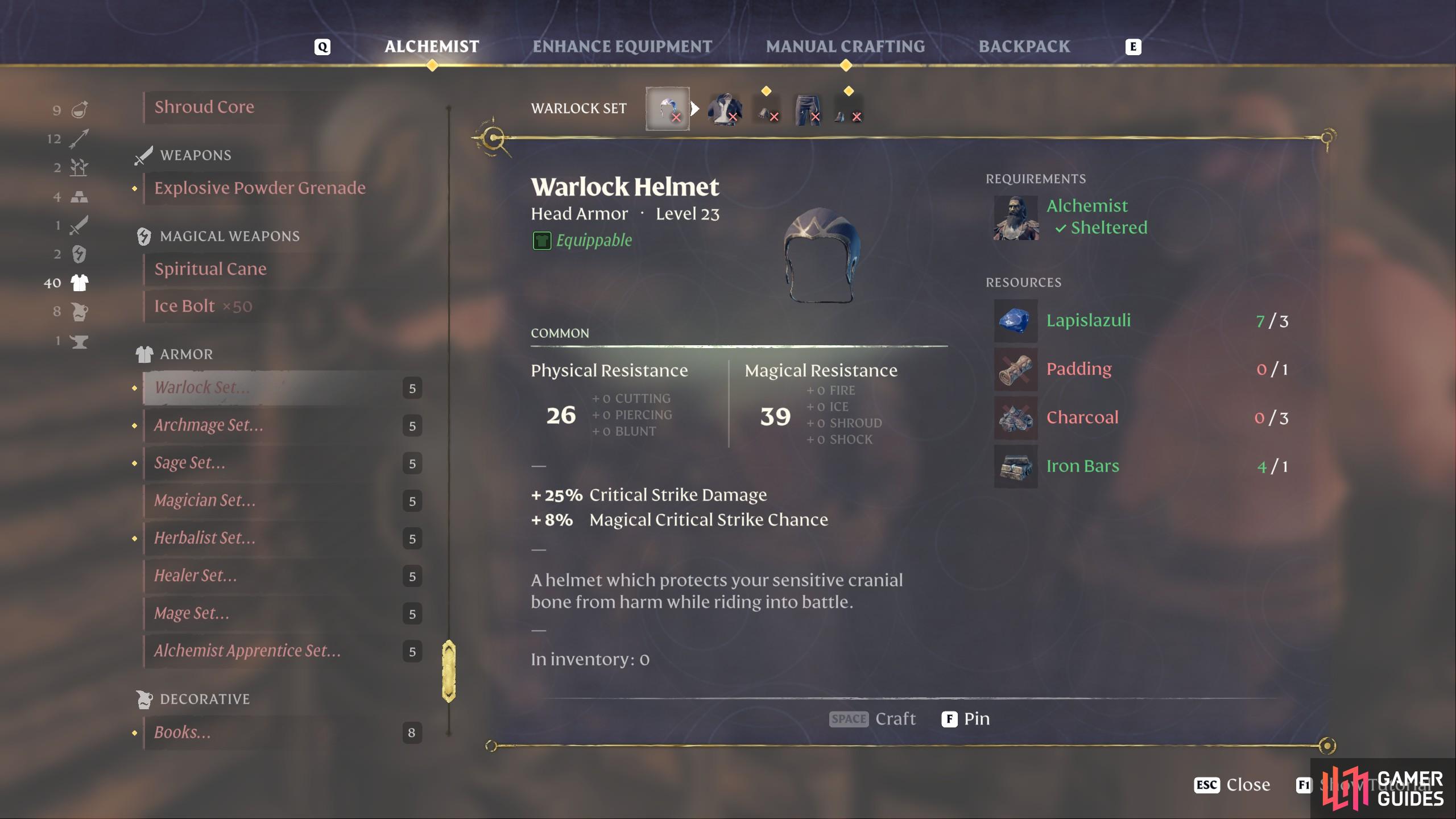
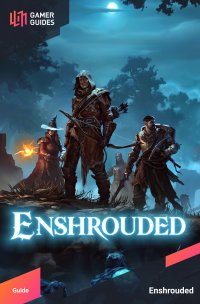
 Sign up
Sign up

No Comments